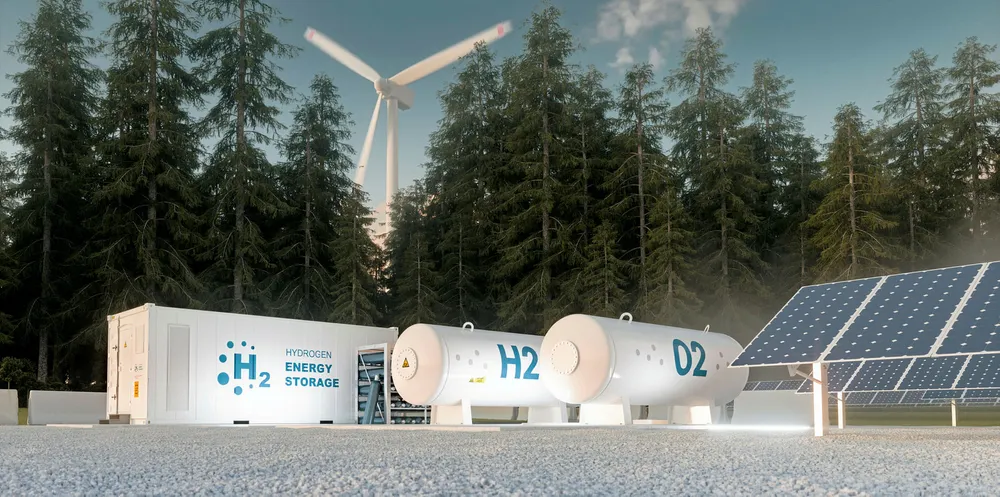‘Ridiculous to suggest green hydrogen alone can meet world’s H2 needs’
Climate targets will not be hit if 'blue hydrogen' is not vigorously pursued, chairman of European Energy Research Alliance tells Recharge

Climate targets will not be hit if 'blue hydrogen' is not vigorously pursued, chairman of European Energy Research Alliance tells Recharge
